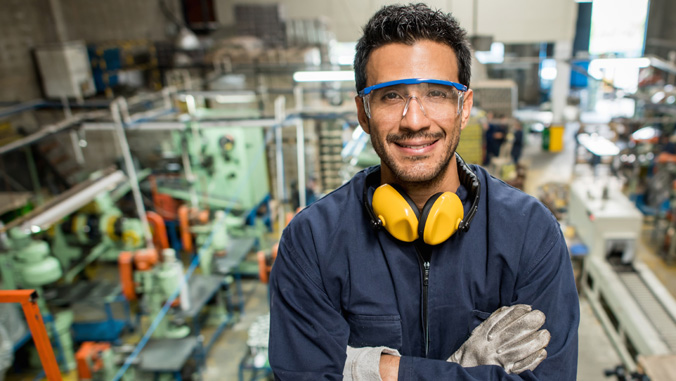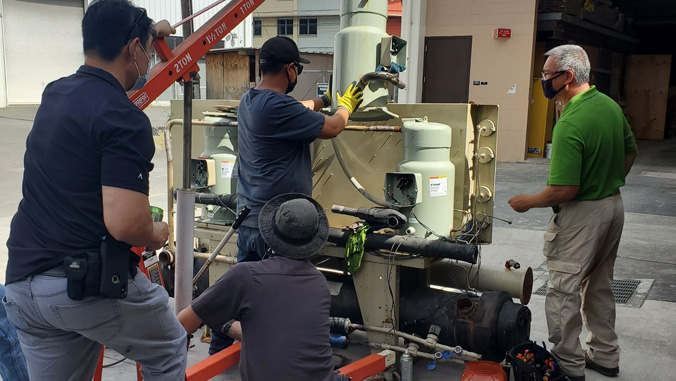
Honolulu Community College will expand its associate degree and certificate programs in refrigeration and air conditioning technology with a $100,000 grant from the Johnson Controls Community College Partnership Program. Honolulu CC plans to offer students financial support, access to industry-approved tools, tutoring and internship support. The college will also conduct outreach to high schools and involve industry professionals in advising and mentoring students.
“We are so grateful to Johnson Controls for this grant, which will enable us to recruit and retain underserved students, especially women, for in-demand careers in refrigeration and air conditioning and build on our already strong partnership,” said Honolulu CC Interim Chancellor Karen C. Lee.

Introduced in 2021, the Johnson Controls Community College Partnership Program will fund $15 million over the span of five years to non-profit community colleges in support of their HVAC, fire, security and digital academic programs. Funding for each community college differs based on needs. In general, colleges will use the funding to recruit, support, retain and graduate underserved students who otherwise may not have had the opportunity to pursue higher education.
Local Johnson Controls employees in each market serve as volunteer educators and mentors, providing students with counseling and real-world experiences. The mentoring is directly incorporated into various college programs and provides a pathway for student internships and entry-level opportunities at Johnson Controls.
“At Johnson Controls we strive to provide students with appropriate insights, mentorship and knowledge to empower them to move forward with a successful career in infrastructure. In doing so, we will change the trajectory of lives for these students,” said Nate Manning, vice president and president of building solutions in North America. “We will continue steering our efforts and initiatives toward preparing the next generation for a rewarding and sustainable career path that will have a lasting impact on the future of green buildings.”
According to the U.S. Bureau of Labor Statistics, nearly 8 million skilled-labor jobs were lost from the labor force during the pandemic. About half have been filled, but an estimated 4 million vacancies remain in industries responsible for transportation, construction and mechanical needs nationwide. Additionally, the U.S. Census Bureau estimates that nearly one-fourth of the manufacturing workforce is 55 or older. As they age and retire, there are not enough young people entering the trades to fill their positions.


